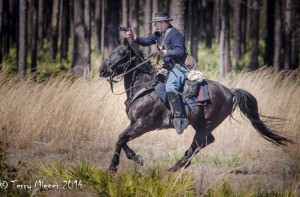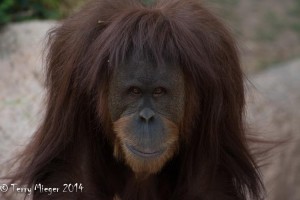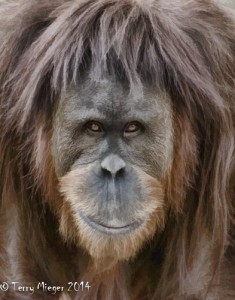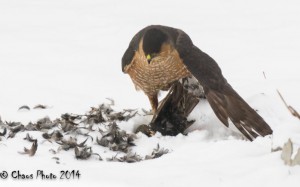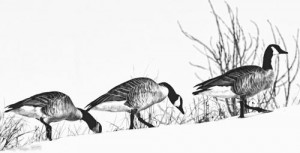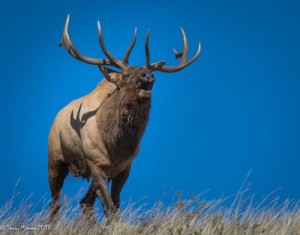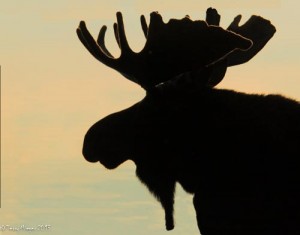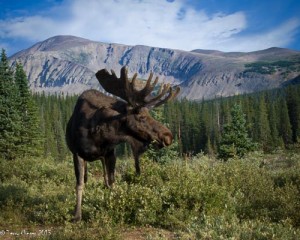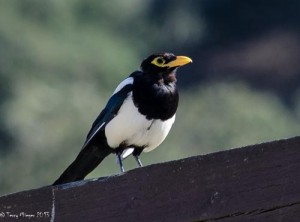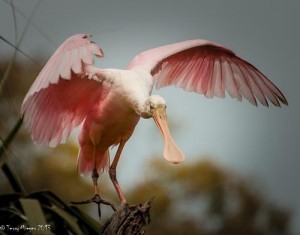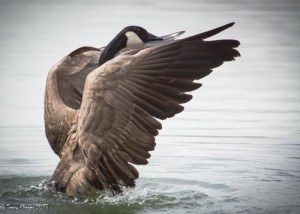Images from the Id – The North and South of It.
It always a fun experience to learn history and what happened during times that seem to be a long time ago. I had never spent much time considering the Civil War but this week we spent two days shooting the reenactment of the Battle of Olustee (Florida) on the 150th anniversary. Having one of those experiences. Being a Northerner, is a distinct disadvantage “down” here. It seems the North really did not win “The War Between the States”
Fourteen months before the War ended on February 20th 1864, 5500 Union forces battled 5200 Confederate forces in a 2 1/2 hour battle, leaving 1861 Union and 946 Confederate casualties. The Union’s goal was to control the railroad disrupting the food supply to Confederate troops, gain black recruits and organize a loyal state government. Three, ill prepared, USCT (designation for United States Colored Troops during the Civil War) regiments including the 54th Massachusetts led the march. The Union expected little were was filmed at this site with some of the re-enactors. The Union forces, losing the battle, retreated to Jacksonville for the remainder of the War.
Sitting on the Confederate side of the bleachers, I learned quite a bit. First: when you are in Northern Florida there are a lot of Confederates. I kept my mouth shut most of the time. Second: The South won the war, see number one. Third: in reenactments the South always out numbers the North 2 to 1, the North was ill trained and used the black troops as “cannon fodder”. Fourth: The conditions and toll on life of the War. A simulated leg amputation was, to say the least, eye opening.
I found the whole experience amazing. There were about 3000 re-enactors as mentioned mostly Confederate although there was a black Union group from Boston. I spent several hours just taking to the participants. I made a special friends with Roger a Confederate Lieutenant Colonel, Chief of Staff, 1st Infantry Brigade Department of the Gulf C.S.A. His knowledge and presentation of his persona was flawless. embarrassing this Yankee with my lack of knowledge. The event was respectful and partly designed as a memorial to those who fell. I was greatly impressed.
Photographically it was a new challenge for me but using my experience and knowledge made it fun and easy. It’s important to set your camera up to make ISO adjustment easily, since you may need to keep your shutter speed up for the movement with a higher ISO or lower the ISO for quality. Aperture and depth of field is always a challenge and at these events with high shutter speeds some times the aperture needs to be as big as the lens has, my telephoto works well at f5 most of the time even though I may prefer f8. These are not easy shoots to do right and you must use your head first. White balance can be crazy. Shoot RAW! The early morning muster, with low sun, shadows fog can challenge anyone. Experiment and take shoot with varying settings.
Todays image. Olustee Union Horseman
1/500 sec, f 6.7,ISO 200, Spot metered for exposure, 420/280 mmHad to take in account speed of horse and shadow of the hat makes this a tough shot. No gun fire the rider would stop the horse to fire for a better shot


